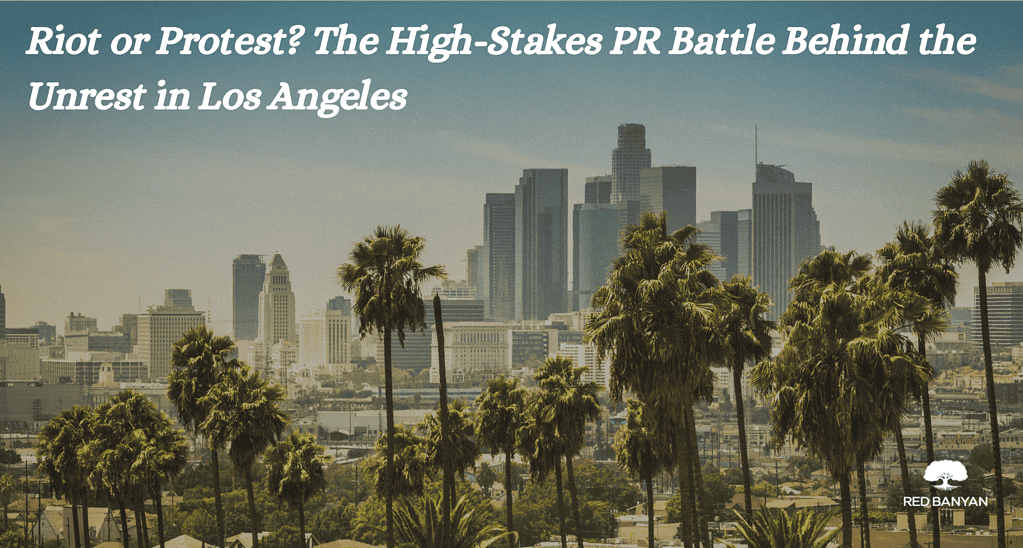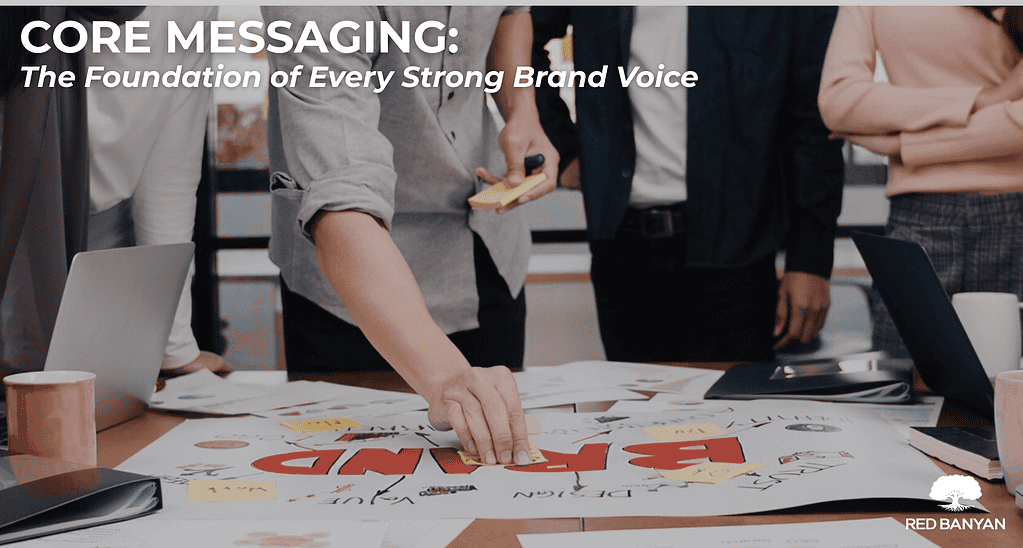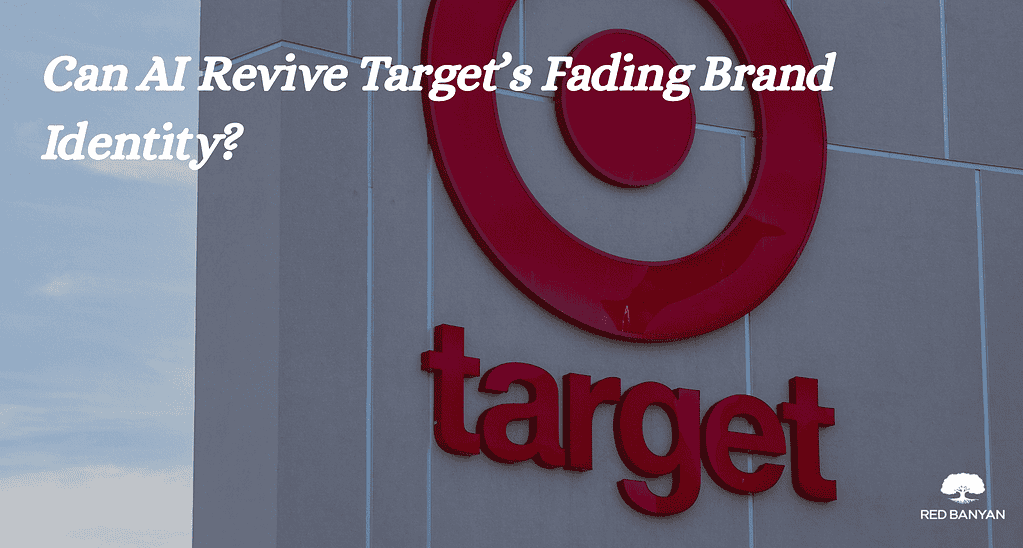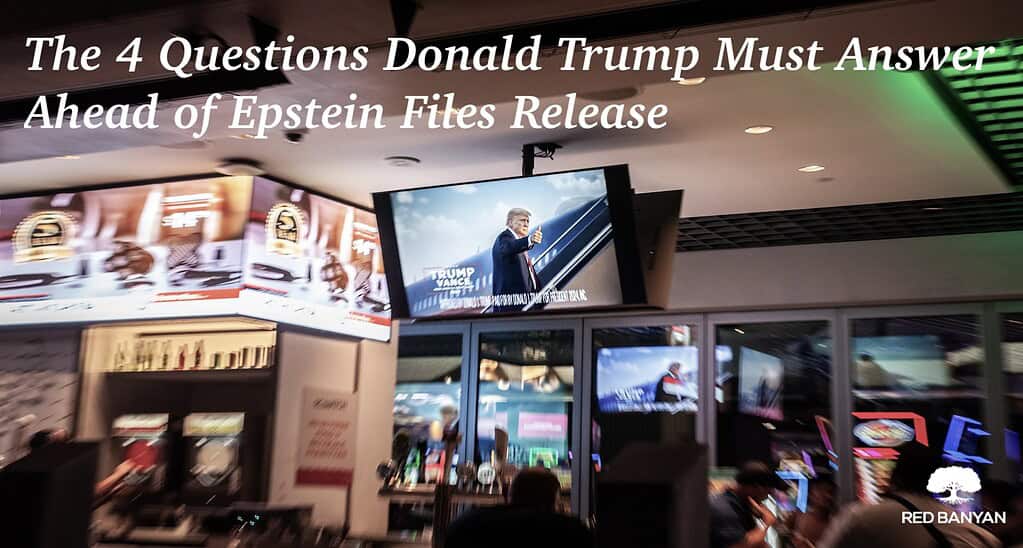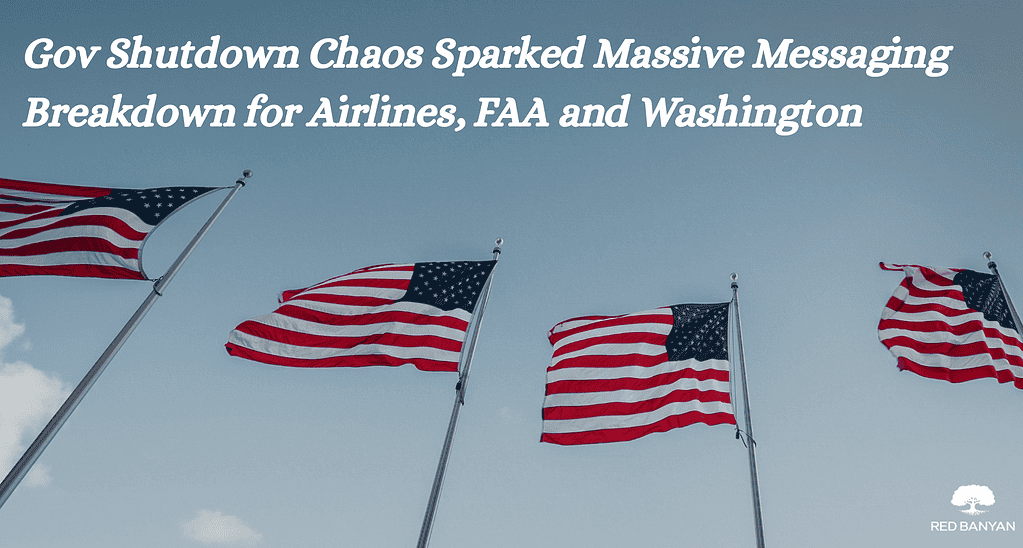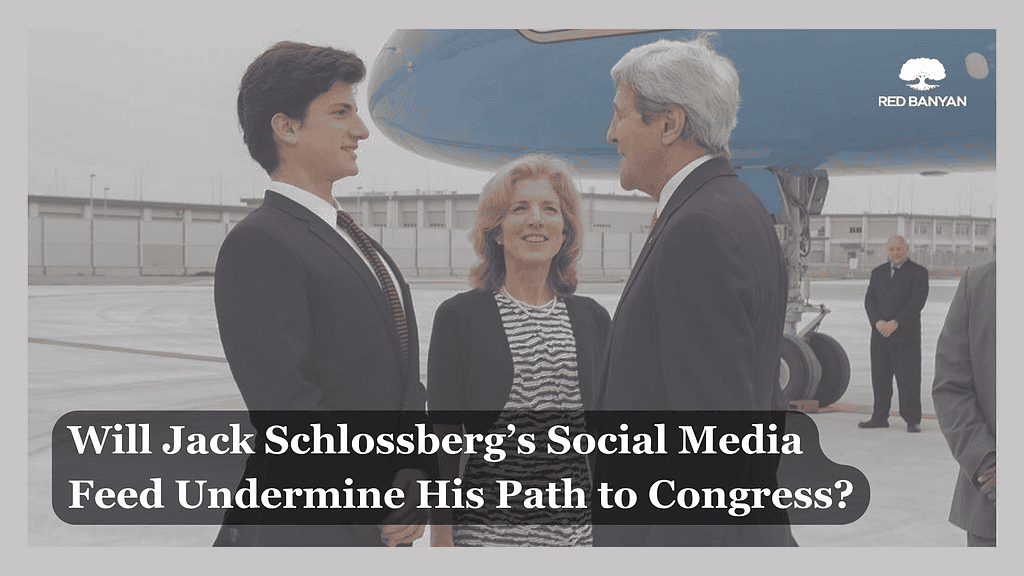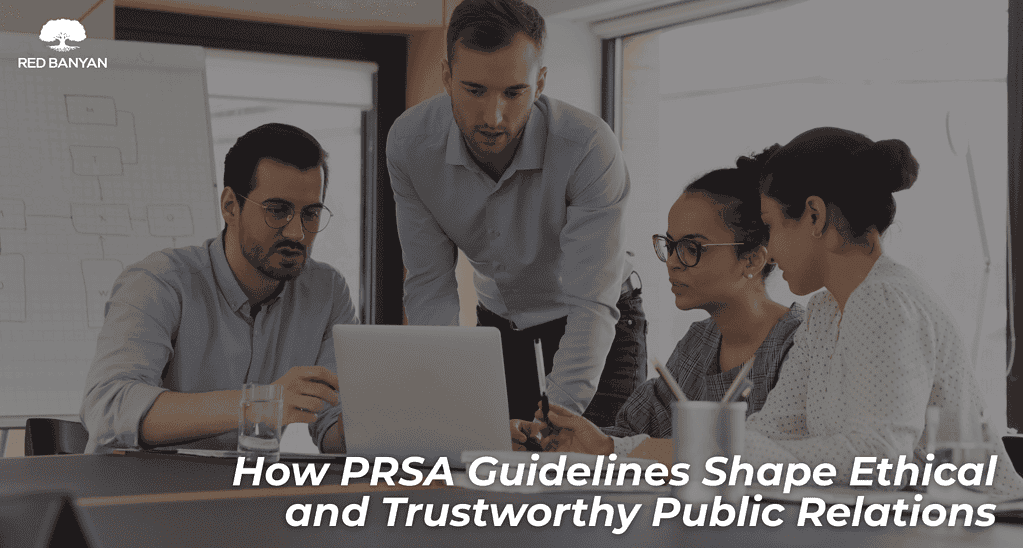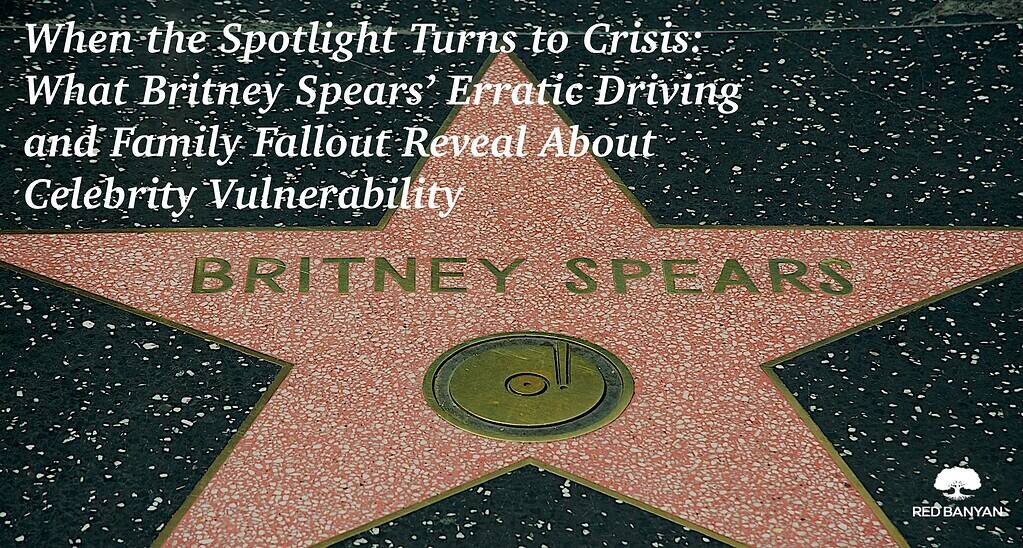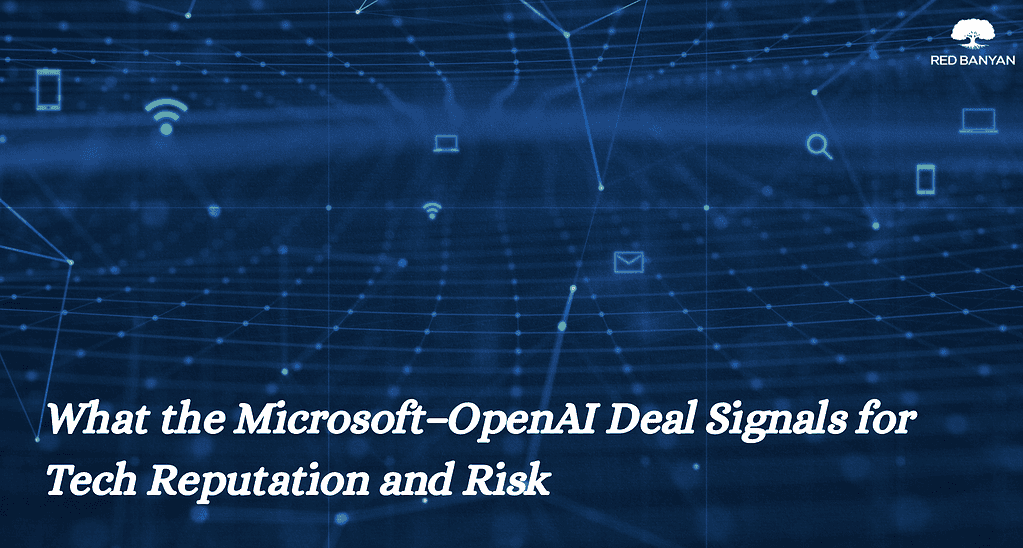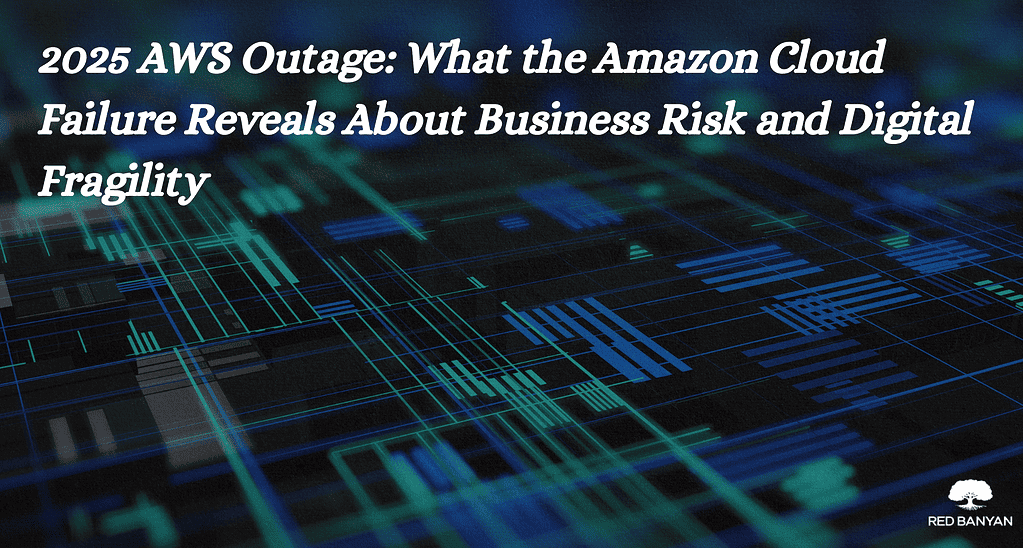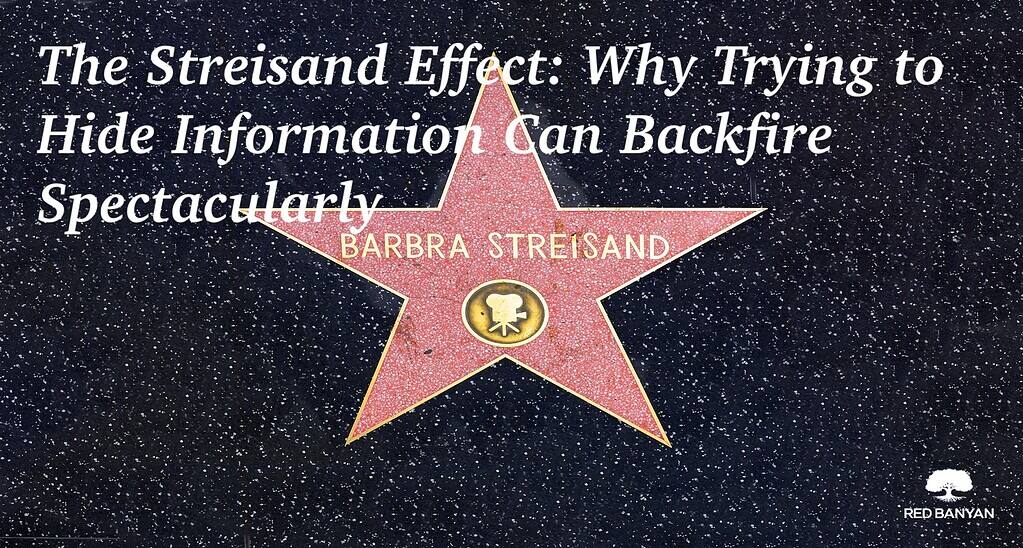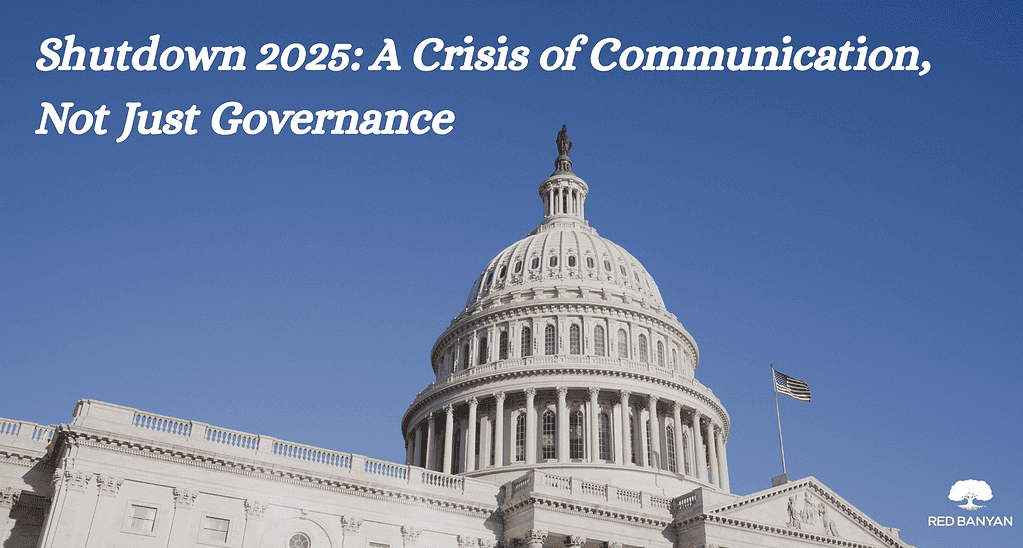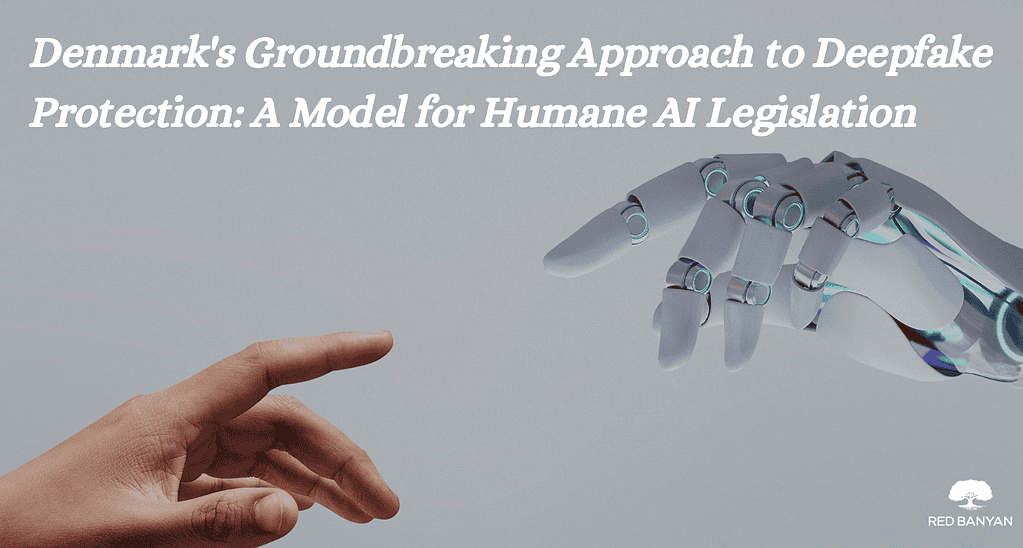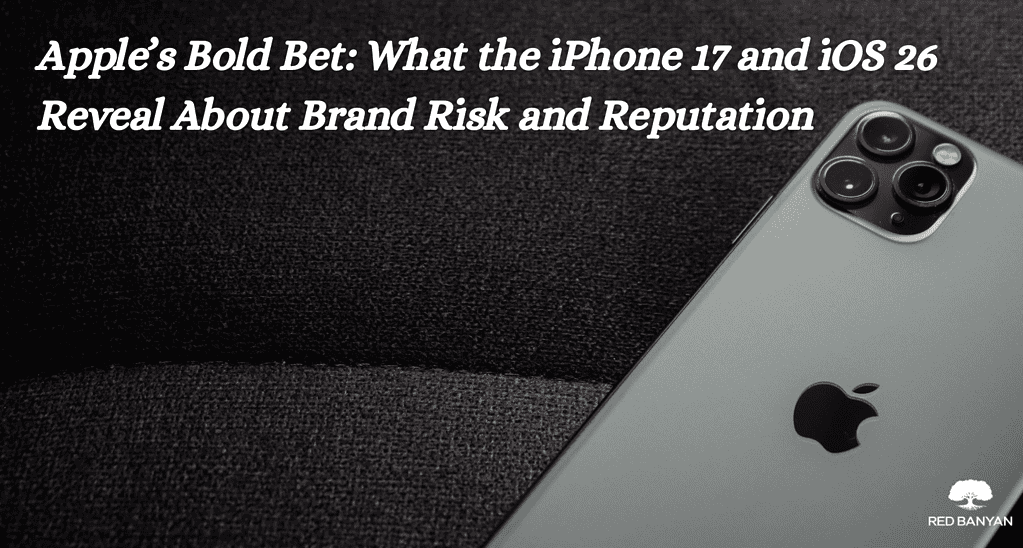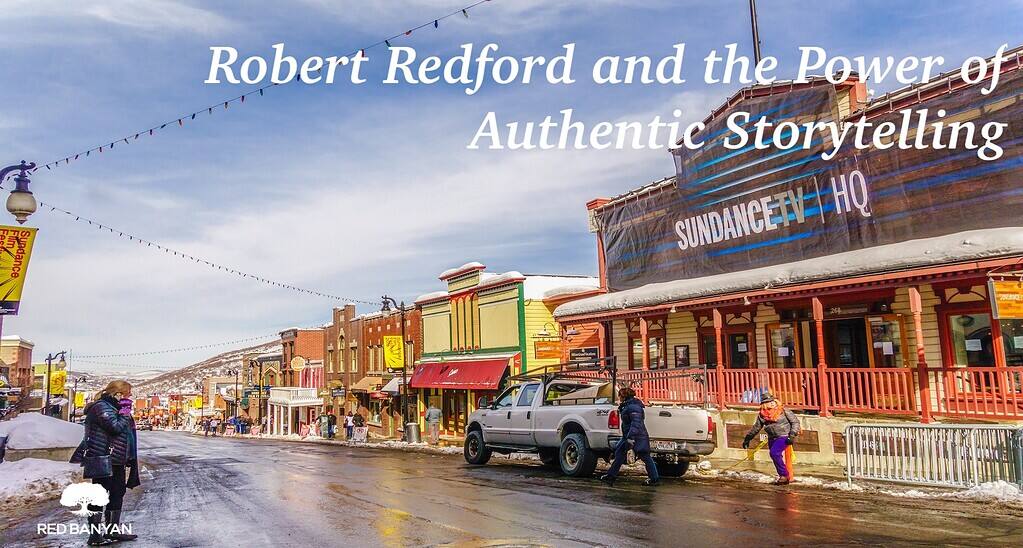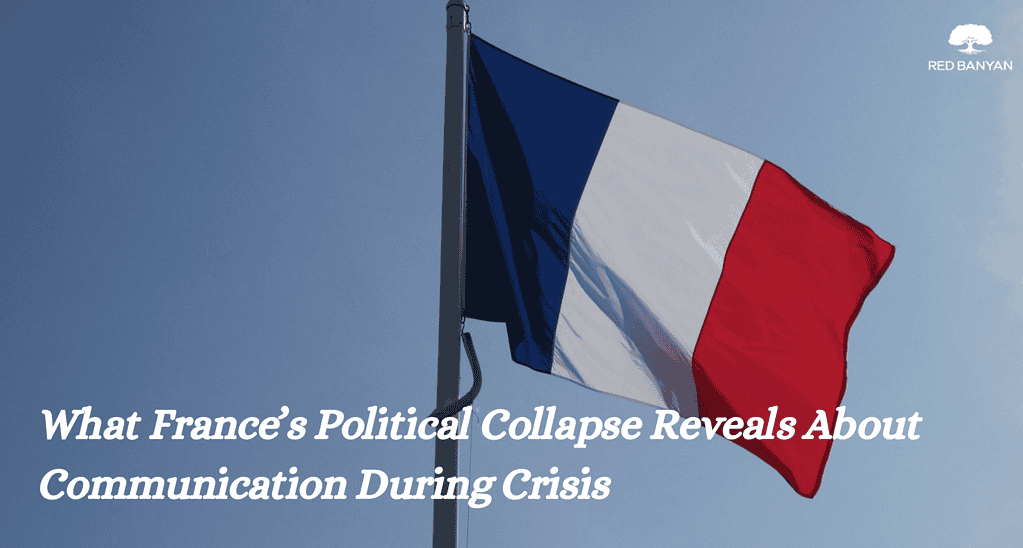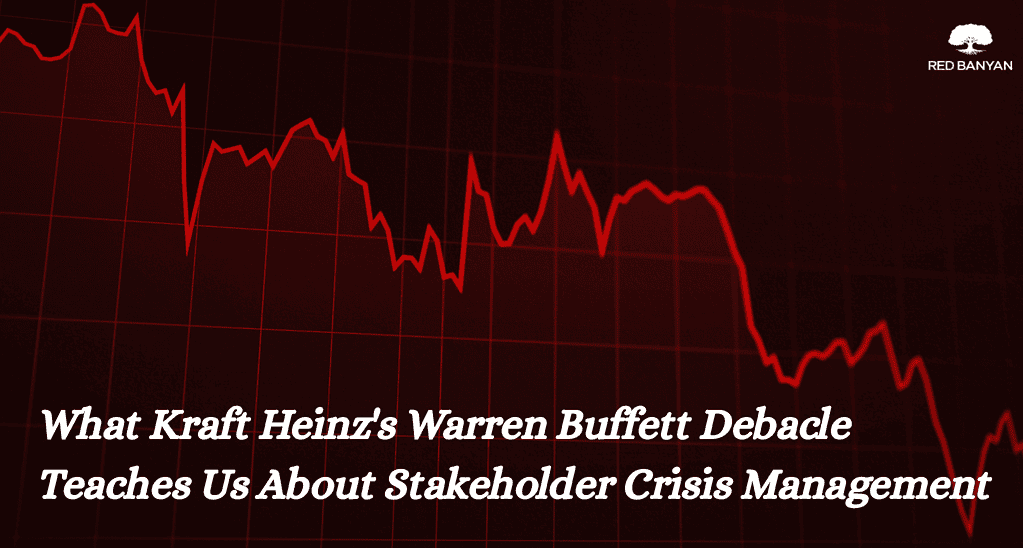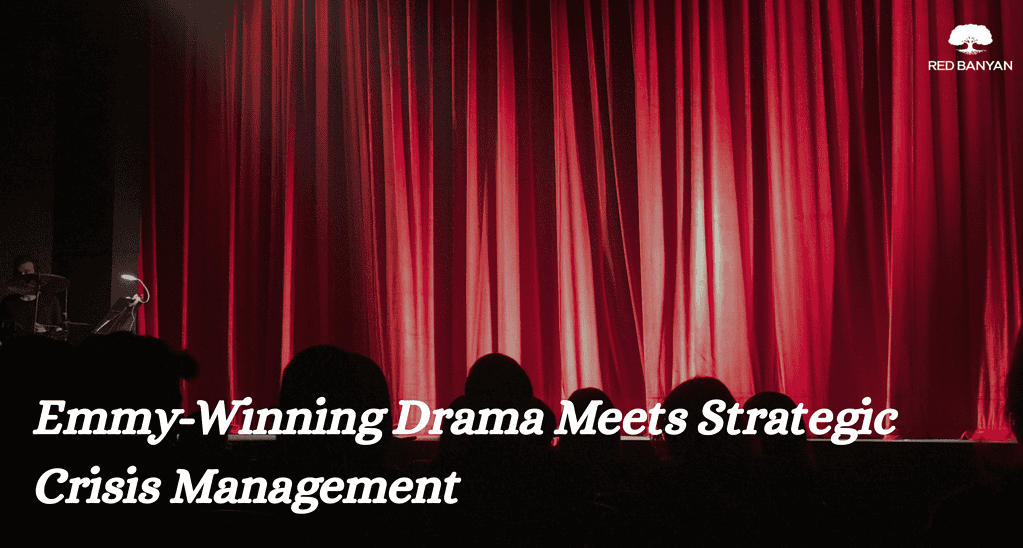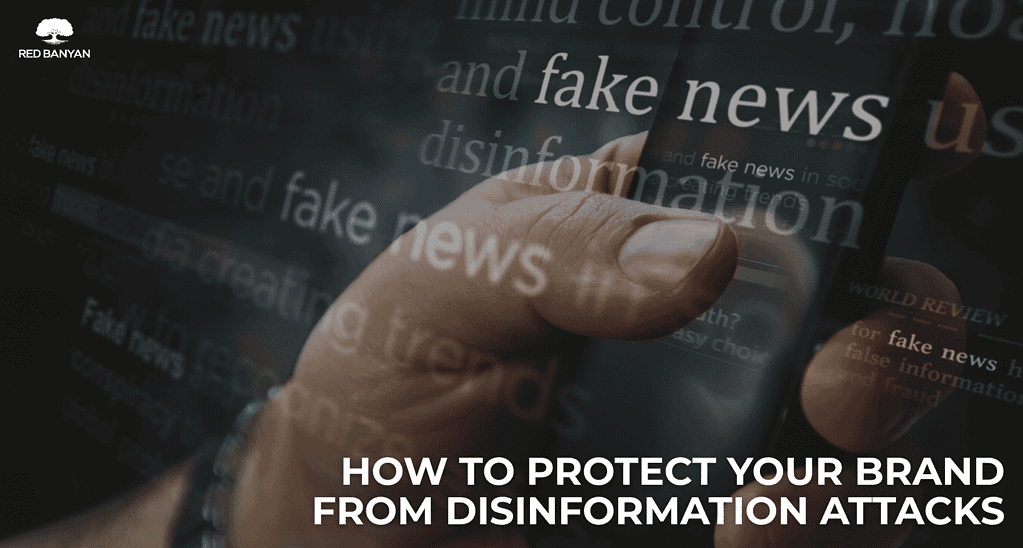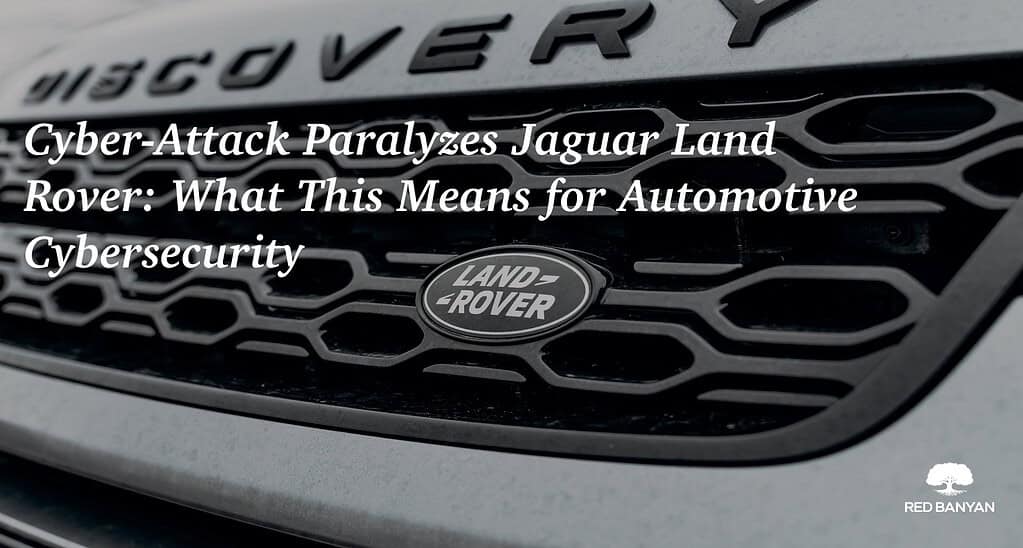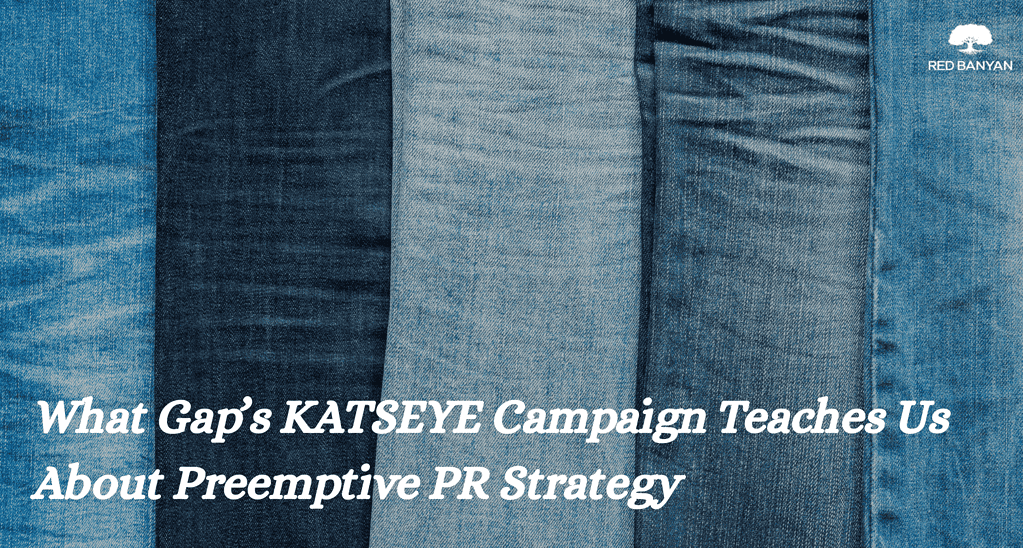The recent wave of unrest in Los Angeles, fueled by tensions over immigration enforcement and housing displacement, has thrust the city into the national spotlight. As the situation unfolds, public perception is being shaped not only by what is happening on the ground, but by how it is being communicated on a national scale.
Whether through viral street footage or fragmented messaging from city leaders, the events highlight how a crisis can quickly escalate when narrative control slips. For communicators, this is not just news. It is a living lesson in crisis management, language strategy, and the power of perception.
The Weight of a Word: ‘Riot’ vs. ‘Protest’
The term riot has dominated headlines, but its use is far from neutral. It conveys destruction, lawlessness, and a breakdown of order. In contrast, protest denotes civic engagement and moral conviction. For a city already under scrutiny over its treatment of immigrant communities, the language used to describe this unrest is more than semantics; it is a reputational fault line.
For public relations professionals working with government agencies, advocacy groups, or brands tied to the Los Angeles region, word choice must be deliberate. In a polarized media environment, failing to define the narrative early on often results in others defining it for you. That can include everything from partisan media coverage, commentary from activists, and even AI-generated content circulating on social platforms.
Social Media’s Role in Crisis Amplification
The current situation in LA is playing out under the unblinking eye of social media. Clips of police confrontations, property damage, and community reactions are uploaded and shared within minutes. Narratives form almost instantly, often without full context.
This dynamic poses a unique challenge for crisis communication teams. Social media is not just a broadcast tool; it is a battleground of perception. Traditional press releases and media statements arrive late to a conversation already in motion. Brands and organizations that wait to respond risk appearing unprepared or indifferent.
Effective crisis PR in this environment requires a rapid-response infrastructure, including social listening tools, pre-approved holding statements, and designated spokespeople trained to act with both speed and nuance.
Who Owns the Message and Who Pays the Price
As city officials navigate the chaos, multiple stakeholders from LAPD and immigrant rights coalitions to business leaders and community organizers are offering competing interpretations of events. The result is a fractured media landscape that confuses audiences and dilutes accountability.
Clients operating in volatile environments like Los Angeles need clear PR roadmaps. This includes knowing when to lead with a public statement, when to align with community voices, and how to calibrate tone across internal and external channels. In a crisis, inconsistency is a liability.
Lessons for Today’s Communications Professionals
The current unrest in Los Angeles offers a stark reminder of how swiftly local challenges can capture global attention and the critical role communication plays in shaping the response. For strategic communicators, the key takeaways are:
- Be first with facts and framing. Establish your position before misinformation sets in.
- Use language with intention. Every word shapes perception.
- Move at the speed of your audience. That means real-time response, especially on social platforms.
- Silence is not neutrality. If you are not guiding the narrative, someone else is.
- Be mindful of public sentiment. Political, hot button issues are treacherous territory in the world of reputation management.
The situation in Los Angeles is a stark reminder of how quickly public perception can take shape, and how hard it is to shift once set. In a fast-moving media environment, a single image, quote, or clip can become the defining lens for a much more complex reality. Clear, consistent communication is essential to help the public make sense of unfolding events.
Contact Red Banyan to learn how strategic communications can help you navigate uncertainty, control the message, and protect your reputation when it matters most.
Want more insight? Read Crisis Communications Lessons from Five Famous Celebrity PR Crises

